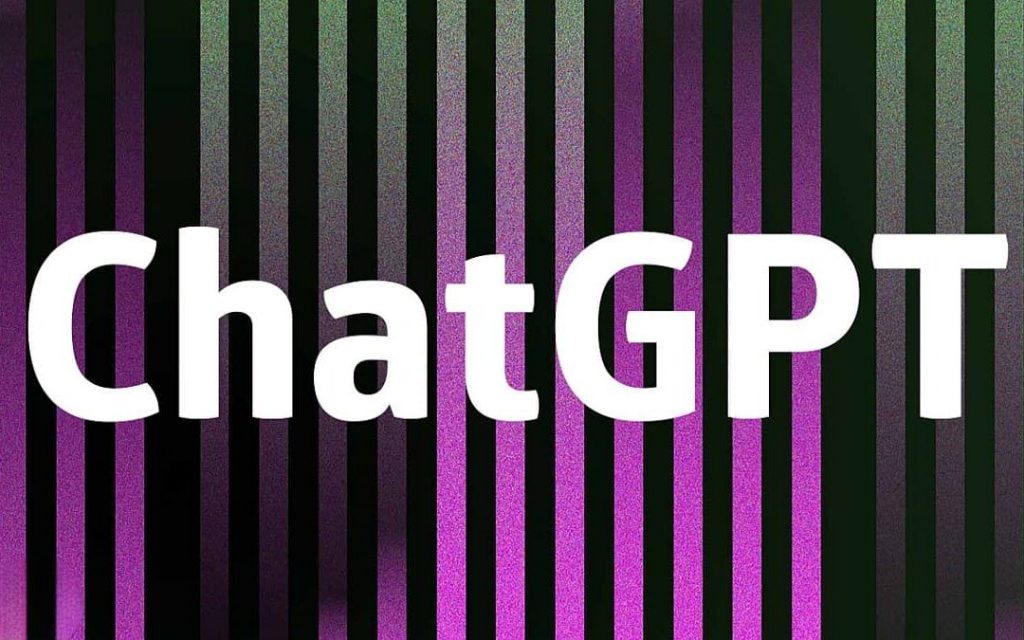The Future of Finance: A Comprehensive Guide to Implementing Chatbots in Banking
Today, we tackle how to use ChatGPT in banking and cover some real-life examples of how chatbots already exist among us.
Let’s dive in.


ChatGPT and chatbots in banking
In recent years, the world of finance has undergone a significant transformation with the advent of advanced technologies.
One such innovation is the use of chatbots in banking.
These AI-powered virtual assistants are changing the way banks interact with their customers, offering a wide range of benefits and opening up new opportunities for financial institutions. Many industries, including banking, have adopted the technology to improve their bottom lines.
In this comprehensive guide, you’ll discover the key benefits of chatbots for banking services, best practices for implementing chatbot banking, and real-world examples of successful chatbots in the banking industry.
By the end of this article, you’ll clearly understand the potential of chatbots in banking and the necessary steps to embrace this technology.
Introduction to Chatbots in Banking
First, let’s understand exactly what a chatbot is. A chatbot is a computer program that simulates human conversation through text or voice interactions.
It uses artificial intelligence (AI) and natural language processing (NLP) to understand and respond to user queries.
In the context of banking, chatbots act as virtual assistants.
As a result, they may help customers with various tasks such as account management, transaction processing, and financial advice.
The adoption of chatbots in banking is driven by several factors, including:
- Improve customer service.
- The need for banks to reduce operational costs.
- Stay competitive in the ever-evolving digital landscape.
With the rise of smartphones and mobile banking apps, customers have come to expect instant, personalized, and convenient banking experiences.
Chatbots are well-equipped to meet these expectations, providing an accessible and efficient way for customers to interact with their banks.
The potential of chatbots in banking is vast, and their capabilities are constantly evolving.
As AI and NLP technologies become more sophisticated, chatbots are expected to play an increasingly important role in the banking industry, handling more complex tasks and offering even greater value to both banks and their customers.
Key Benefits of Chatbots for Banking Services


- Improved Customer Service: Chatbots provide instant, 24/7 support, allowing customers to access banking services whenever they need help. Also, they can handle multiple customer queries simultaneously, reducing wait times and ensuring that customers receive prompt assistance. Furthermore, chatbots can be programmed to offer personalized recommendations and financial advice, creating a more engaging and satisfying customer experience.
- Cost Savings: Implementing this tech. can significantly reduce business costs for banks. They can handle many customer queries, and lessen the need for manpower. This results in cost savings and allows banks to allocate resources more efficiently, focusing on other areas of their business.
- Increased Efficiency: Chatbots can automate routine tasks like account inquiries and transaction processing, freeing human employees to focus on more complex and value-added activities. This leads to increased productivity and efficiency within the organization.
- Data Collection and Analysis: Chatbots can collect valuable data on customer interactions, preferences, and behaviors. Banks can analyze this data to gain insights into customer needs and preferences, enabling them to develop targeted marketing campaigns, improve product offerings, and enhance overall customer satisfaction.
- Competitive Advantage: By offering advanced, AI-powered chatbot banking services, banks can differentiate themselves from their competitors and attract tech-savvy customers who value convenience, personalization, and innovation in their banking experiences.
Benefits of Chatbots in the Banking Industry
The benefits of chatbots extend beyond individual banking services, influencing the entire industry by driving innovation, improving customer satisfaction, and creating new opportunities for growth.
Enhanced Customer Engagement
In addition to the above, another significant benefit is their ability to foster customer engagement. By offering personalized, interactive experiences, chatbots can help banks develop stronger relationships with their customers. This heightened engagement can lead to increased customer loyalty and retention and opportunities for cross-selling and upselling.
Streamlined Operations
Chatbots can streamline banking operations by automating repetitive tasks and simplifying complex processes.
Accordingly, this leads to cost savings but also helps banks become more agile and responsive to market changes. By embracing chatbot technology, banks can position themselves as industry leaders and set new standards for operational efficiency.


Innovation and Collaboration
Chatbots and tools like ChatGPT have spurred innovation in banking, creating collaboration between institutions, fintech, and technology providers.
Implementing Chatbot Banking: Best Practices
Implementing chatbot banking requires careful planning, execution, and continuous improvement. Hence, here are some best practices to consider when introducing chatbots in your banking services:
Define Clear Objectives
Establish clear objectives before implementing a chatbot. Identify areas where it can add value to banking services. Consider the needs and preferences of the target audience. Ensure the chatbot addresses those needs effectively.
Select the Right Technology
Select a chatbot platform with the necessary features and capabilities to achieve your goals. Correspondingly, check that the platform has strong AI and NLP capabilities and can easily integrate with your current systems and processes.
Design for User Experience
A well-designed chatbot should be easy to use, engaging, and responsive to user needs. Invest in user experience (UX) design to ensure that your chatbot offers a seamless and satisfying experience that encourages users to return.
Test and Optimize
Once your chatbot is live, monitor its performance closely and gather feedback from users. Use this data to identify areas for improvement and make necessary adjustments to enhance the chatbot’s effectiveness and user satisfaction.
Plan for Scaling
As your chatbot gains traction and user adoption, be prepared to scale your chatbot infrastructure to handle increased demand. This may involve expanding your chatbot’s capabilities, integrating with additional systems, or migrating to a more robust platform.
Real-World Examples of Chatbots in Banking
Several banks and financial companies worldwide have used this technology in their banking services. Here are a few examples:
- Bank of America’s Erica: Launched in 2018, Erica is a virtual financial assistant that helps customers manage their accounts, make transactions, and access financial guidance. Erica has over 10 million users and has handled over 100 million customer requests.
- Wells Fargo’s Virtual Assistant: Wells Fargo’s AI-powered chatbot provides customers with account information, transaction support, and financial tips through Facebook Messenger. The chatbot was introduced in 2017 and has since become an integral part of the bank’s digital customer service strategy.
- HSBC’s Amy: Amy is an AI-powered chatbot that assists customers with general banking inquiries, product information, and branch locations. The chatbot is available in English and Chinese and is accessible through the bank’s website and mobile app.
- DBS Bank’s Digibank Virtual Assistant: This Singapore-based bank offers a chatbot that provides customers with instant answers to banking questions, transaction support, and financial advice. The chatbot is integrated with the bank’s mobile app and uses AI and NLP technologies to understand and respond to customer queries.
How can ChatGPT be used in banking?
By analyzing massive volumes of data and identifying potential risk factors, ChatGPT can help institutions identify and manage potential problems. Additionally, banks can use ChatGPT to track transaction activity, flag suspicious activity, and spot potential fraud.
Conclusion and Next Steps for Banks Embracing Chatbots
In conclusion, the future of finance is here.
Chatbots (including AI tools like ChatGPT) are playing a critical role in shaping it. By implementing chatbots in banking, financial institutions can enhance customer service, reduce costs, and drive innovation in the industry. As AI and NLP technologies continue to evolve, the capabilities of chatbots will only expand, making them indispensable for banks looking to stay competitive in the digital age.
To maximize chatbot potential, banks should invest in tech, prioritize user experience, and optimize offerings.
Above all, you can implement them by learning from previous successful examples and following best practices.





